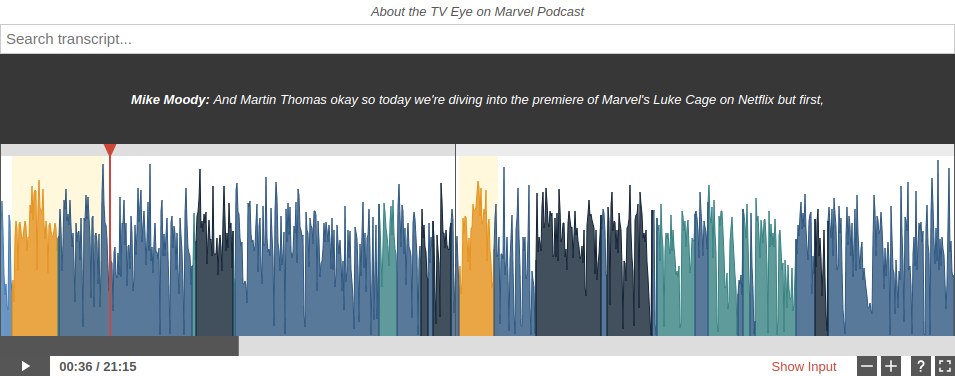In the classic loudness war, music and radio producers have been trying to create their recordings as loud as possible and loudness normalization was introduced to stop that.
Now one can see the start of a new loudness target war, where podcasters set their loudness targets higher and higher, mainly triggered by high target recommendations of platforms like Spotify or Amazon Alexa.
In this article, we will show how to resist the loudness target war and still be compliant with major platforms.
 Resist the loudness target war!
(Photo by Nayani Teixeira)
Resist the loudness target war!
(Photo by Nayani Teixeira)
What's the problem?
“Two or three ...





